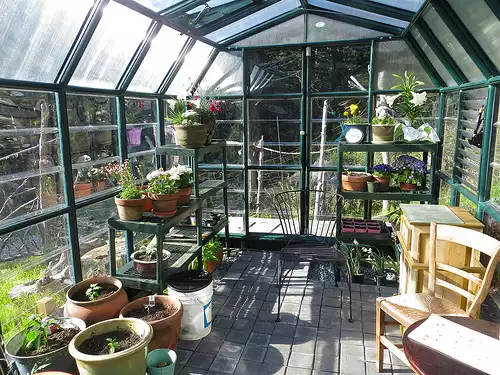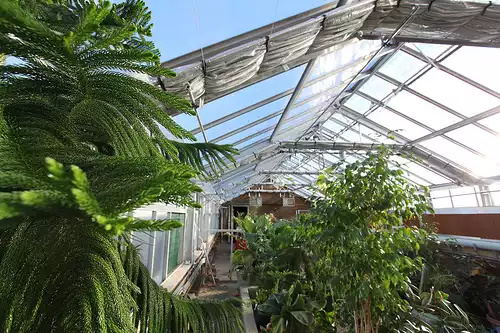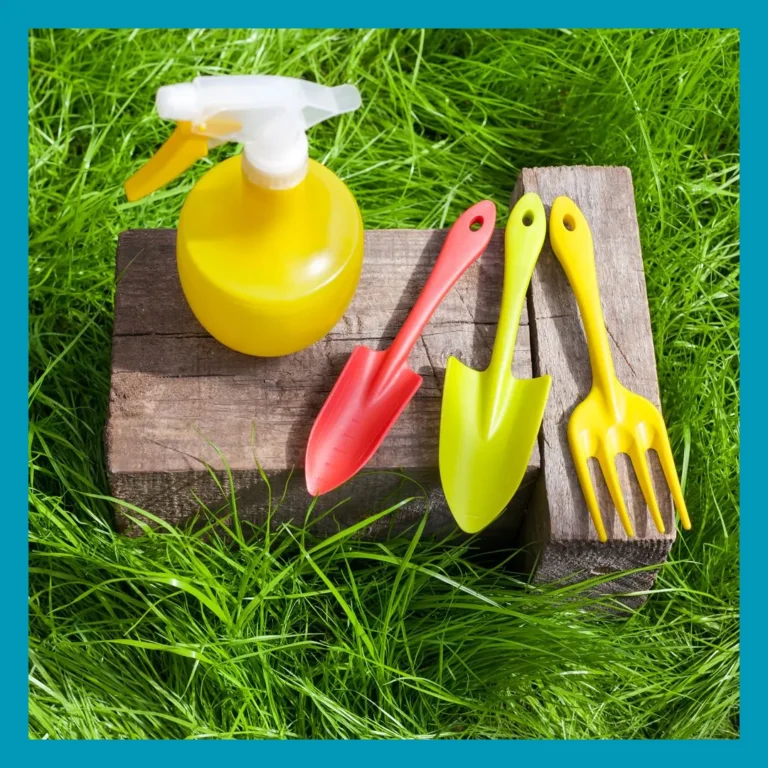Sunflower plants
Imagine standing in a field where the horizon meets a sea of golden faces, each one turned towards the sun as if in silent homage to its life-giving rays.
This is the breathtaking vista offered by sunflower plants, nature’s very own solar panels that track the celestial giant across the sky.
Sunflowers, with their vibrant yellow petals radiating warmth and happiness, are not just a feast for the eyes but also an emblem of hope and resilience.
These extraordinary plants have captivated artists, inspired poets, and even fueled scientific curiosity with their heliotropic dance.
But there’s more to these sunny blooms than meets the eye.
Beyond their aesthetic appeal lies a world teeming with fascinating facts and untold stories about how they sustain ecosystems, support economies, and contribute to our well-being in ways we’re only beginning to uncover.
So let’s embark on an exciting journey into the world of sunflower plants — from their humble origins to becoming icons of beauty and powerhouses of sustainability.
Get ready to be dazzled by these giants as we delve into their secrets and discover why they hold such a special place in our hearts and on our planet.
Benefits of growing sunflower plants
Sunflowers, with their vibrant petals and towering stalks, offer numerous advantages to those who choose to cultivate them.
One notable benefit is their ability to attract pollinators such as bees and butterflies, aiding in the overall health and biodiversity of the surrounding ecosystem.
Additionally, sunflowers produce an abundance of seeds that are not only delicious and nutritious for humans, but also serve as a valuable food source for birds and other wildlife.
These majestic plants also possess the unique ability to absorb heavy metals and toxins from the soil, acting as natural purifiers and improving the overall soil quality.
Furthermore, growing sunflowers can add a touch of beauty and charm to any garden or landscape, enhancing the aesthetic appeal of the surrounding environment.
Proper soil and sun exposure
To ensure the successful growth and development of sunflower plants, proper soil and sun exposure are essential factors to consider.
Sunflowers thrive in well-drained soil that is rich in organic matter.
Loamy or sandy soils are preferred, as they provide adequate drainage and allow the roots to access necessary nutrients.
It is important to ensure that the soil is properly prepared before planting, removing any weeds or debris that could impede growth.
In terms of sun exposure, sunflowers are sun-loving plants that require at least six to eight hours of direct sunlight daily.
Placing them in an area with full sun exposure will promote optimal growth and maximize the production of vibrant and healthy flowers.
Adequate soil and sun conditions are crucial for sunflower plants to reach their full potential and enhance the overall beauty of any garden or landscape.
Choosing the right variety
When it comes to choosing the right variety of sunflower plants, several factors should be taken into consideration.
Firstly, determine the purpose of planting sunflowers.
Are you looking to harvest seeds for consumption or bird feed, or are you primarily interested in the aesthetic appeal of the flowers? Different varieties offer distinct characteristics, such as size, color, and seed production.
Researching the various options available will help you select the variety that aligns with your specific goals and preferences.
Additionally, consider your local climate and growing conditions.
Some sunflower varieties are more tolerant of extreme temperatures or drought, while others thrive in milder climates.
By carefully selecting the right variety, you can ensure the success and satisfaction of your sunflower gardening endeavors.
Planting and care instructions
To ensure the successful growth and vitality of your sunflower plants, it is important to follow proper planting and care instructions.
Begin by preparing the soil in a sunny location, as sunflowers thrive in full sun.
The soil should be well-draining and enriched with organic matter.
Plant the seeds at a depth of 1 to 2 inches, spacing them about 6 to 12 inches apart, depending on the variety.
Water the seeds gently but thoroughly after planting, and continue to provide regular watering throughout the growing season, especially during dry spells.
Mulching around the plants can help retain moisture and suppress weed growth.
As the sunflowers grow, provide support for the stems if needed, using stakes or a trellis.
Monitor for any signs of pests or diseases, and take appropriate action if necessary.
Finally, deadhead the spent flowers to promote continuous blooming and remove any potential sources of disease.
By following these planting and care instructions, you can enjoy healthy and vibrant sunflower plants in your garden.
Fertilizing for optimal growth
In order to achieve optimal growth and development of your sunflower plants, proper fertilization is crucial.
Sunflowers are heavy feeders and require a nutrient-rich soil to thrive.
Before planting, it is recommended to incorporate a balanced fertilizer with a ratio of nitrogen, phosphorus, and potassium into the soil.
This will provide a solid foundation of essential nutrients for the plants.
Additionally, throughout the growing season, it is beneficial to supplement with a granular or liquid fertilizer specifically formulated for flowering plants.
This will ensure a steady supply of nutrients to support vigorous growth and vibrant blooms.
It is important to follow the manufacturer’s instructions and avoid over-fertilizing, as excessive amounts can lead to nutrient imbalances and potential damage to the plants.
Regularly monitoring the condition of your sunflower plants and adjusting the fertilization program accordingly will help promote healthy growth and maximize their overall vitality.
Protecting against pests and diseases
To maintain the health and vitality of your sunflower plants, it is essential to implement effective pest and disease management strategies.
Regularly inspect your plants for any signs of infestation or disease, such as wilting, discoloration, or abnormal growth.
In order to prevent pest damage, consider using natural insect repellents or organic pesticides that are specifically formulated for sunflowers.
Additionally, practicing proper plant spacing and providing adequate air circulation can help reduce the likelihood of disease outbreaks.
It is also advisable to remove any infected or damaged plant parts promptly to prevent the spread of diseases.
By implementing these proactive measures, you can protect your sunflower plants from potential pests and diseases, ensuring their continued growth and beauty.
Harvesting and storing seeds
To ensure a successful long-term cycle for your sunflower plants, mastering the techniques of harvesting and storing seeds is crucial.
Harvesting sunflower seeds should be done when the flower heads have fully matured and the back of the head turns yellow or brown.
Carefully cut the flower heads, leaving a sufficient stem for handling, and place them in a dry and well-ventilated area to continue the drying process.
As the heads dry, periodically check for signs of full maturity by gently pressing the seeds with your fingernail – a fully mature seed will show no indentation.
Once dry, carefully rub the flower heads to release the seeds and separate them from any remaining debris.
To store the seeds, ensure they are completely dry to prevent mold or rotting.
Place the seeds in airtight containers, such as glass jars or sealed plastic bags, and store them in a cool, dark, and dry location.
Remember to label the containers with the sunflower variety and the date of harvest for future reference.
By mastering the art of harvesting and storing seeds, you can preserve the genetic diversity of your sunflower plants and ensure a bountiful harvest for seasons to come.
Creative ways to use sunflowers
Sunflowers, with their vibrant blooms and tall stalks, offer a multitude of creative possibilities beyond their role as ornamental plants.
One creative way to use sunflowers is by incorporating their seeds into culinary creations.
Sunflower seeds can add a delightful crunch and nutty flavor to salads, baked goods, and even homemade granola bars.
Additionally, the petals of sunflowers can be used to add a splash of color to salads or as a striking garnish for various dishes.
Beyond the culinary realm, sunflowers can be utilized in crafts and DIY projects.
From creating beautiful wreaths and floral arrangements to using sunflower heads as natural bird feeders or potpourri holders, the possibilities are endless.
Whether it’s in the kitchen or in artistic endeavors, exploring the creative potential of sunflowers can bring a touch of natural beauty to various aspects of our lives.
In conclusion, sunflower plants are not only beautiful but also have practical uses.
From their oil-rich seeds to their ability to clean up contaminated soil, these plants have proven to be valuable assets to both the environment and human health.
By understanding their needs and implementing proper care, anyone can grow stunning sunflowers in their own garden.
So, why not add some of these sunny blooms to your landscape and reap the benefits they have to offer?
FAQ
What are the ideal growing conditions for sunflower plants?
Sunflower plants thrive in full sunlight for at least 6-8 hours a day, well-draining soil with a pH of 6.
0-7.
5, and consistent watering to keep the soil moist but not waterlogged.
They require warm temperatures between 70-78°F (21-26°C) during the day and 50-60°F (10-16°C) at night for optimal growth.
Adequate spacing between plants (1-2 feet apart) is also important to ensure good air circulation.
Sunflowers are generally low maintenance and can adapt to various soil types, but they grow best in fertile, loamy soil.
How long does it typically take for a sunflower plant to reach full maturity?
Sunflower plants typically take around 80 to 120 days to reach full maturity, depending on the specific variety and growing conditions.
What are some common pests or diseases that can affect sunflower plants, and how can they be prevented or treated?
Common pests that can affect sunflower plants include aphids, caterpillars, and sunflower moths, while diseases like downy mildew and rust can also be problematic.
To prevent these issues, proper spacing between plants, regular inspection for signs of pests or disease, and maintaining healthy soil can help.
Insecticidal soaps, neem oil, and organic fungicides can be used to treat pests, while removing infected plants and rotating crops can help manage diseases.
Additionally, planting disease-resistant sunflower varieties can reduce the likelihood of infection.
Regular monitoring and early intervention are key for preventing and treating pests and diseases in sunflower plants.
Are there different varieties of sunflower plants, and if so, what are some of the differences between them?
Yes, there are different varieties of sunflower plants, such as the common sunflower (Helianthus annuus), dwarf sunflower, and colored sunflowers.
Some differences between these varieties include their height, flower size, color, and oil content in the seeds.
Common sunflowers can grow tall with large yellow flowers, while dwarf sunflowers are smaller in stature.
Colored sunflowers can have flowers in shades of red, orange, or even purple.
Additionally, different varieties may have varying levels of oil content in their seeds, making them preferable for different purposes like culinary use or oil production.
What are some ways to harvest and store sunflower seeds for consumption or replanting?
To harvest sunflower seeds for consumption, wait for the flower heads to dry and seeds to turn brown, then cut off the heads and rub them to release the seeds.
To store for consumption, place seeds in an airtight container in a cool, dark place.
For replanting, allow the seeds to fully dry, then store them in a paper bag in a cool, dry place until ready to plant in the following spring.
Remember to label and date the seeds for future reference.







